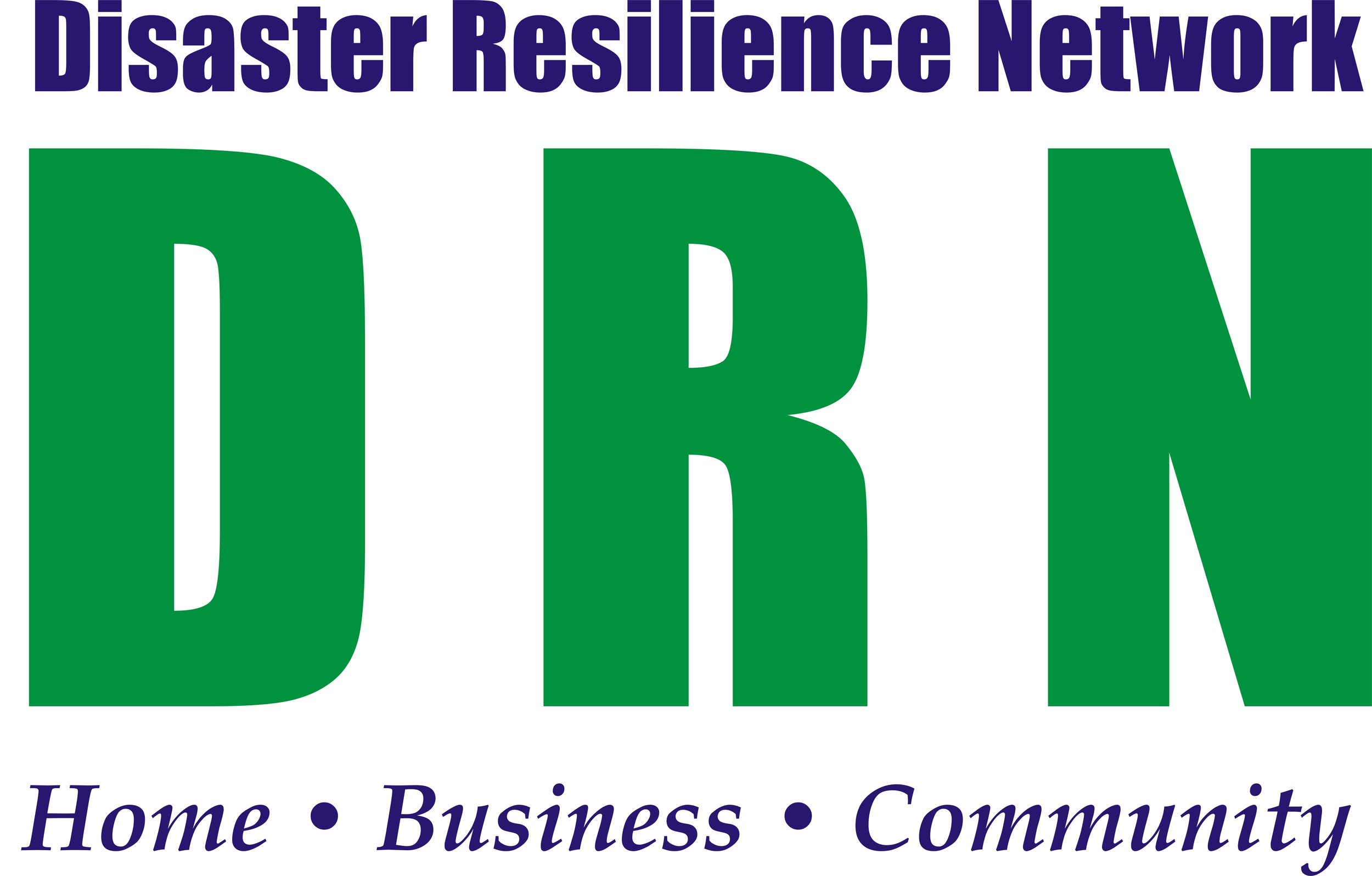July Key Message: Flood Risk Still Exists! You have Options if you live in a Repetitive Loss or Flood-Prone Area
Once considered the most flood-prone city in America, Tulsa has worked hard to reduce or eliminate flooding of its homes and neighborhoods. Nonetheless, flood risk still exists!
The City joined the Federal Emergency Management Agency’s (FEMA) National Flood Insurance Program (NFIP) in 1974 and through decades of effort is now recognized as a national leader in flood hazard mitigation. As a result, property owners in Tulsa receive as much as 40% discount on their flood insurance.
A key component of the NFIP has been its focus on Repetitive Loss Properties, which make up only 1 percent of insured properties, but account for over 30 percent of flood insurance claims payments. A Repetitive Loss Property is defined by FEMA as any property that has been paid two or more flood insurance claims of $1,000 or more in a 10-year time period.
The NFIP recently expanded its flood hazard mitigation program to include the identification of “Repetitive Loss Areas” (RLA)—those properties near an existing Repetitive Loss Property that are subject to the same general flooding conditions. In most instances, 95% of the properties in an RLA will never have experienced flooding— especially if the cause of damage is shallow, overland flow due to local drainage conditions. This does not mean the property has flooded or is even likely to flood—only that it is in the same area, and in a similar geographical situation, as an existing Repetitive Loss Property.
The first step is identifying whether you live in a repetitive loss or flood-prone area. The City is required to contact the owners and residents of an RLA annually and, working together, develop a plan to reduce or eliminate flooding in their neighborhood. The city also has information about other flood-prone areas of the city.
You have options if you live in a repetitive loss or flood-prone area. If you do live in a flood-prone area or RLA, City of Tulsa staff are available to provide one-on-one technical assistance, including site visits, to homeowners on structural / non-structural flood protection and mitigation measures, including flood insurance. They can also to discuss available financial assistance. Some possible individual property options may include the following: landscaping such as French drains, berms or bioswales, so long as it doesn’t divert the water to another property; clearing of nearby creeks and storm drains (Storm Drains are for Rain!); correcting sewer backup problems; buying flood insurance; and in some cases, property acquisition by the City of Tulsa.
If you want to find out about whether you live in an RLA or a flood prone area, or receive technical assistance, please contact the City of Tulsa by calling the Customer Care Center at 311 (in Tulsa) or (918) 596-7777.
In partnership with the City of Tulsa, the Disaster Resilience Network shares these monthly key messages from the Program for Public Information (PPI) as part of the National Flood Insurance Program – Community Rating System. This outreach assists our community in keeping low flood insurance rates. Tulsa property owners and renters are eligible to receive up to a 40 percent discount on flood insurance rates.
